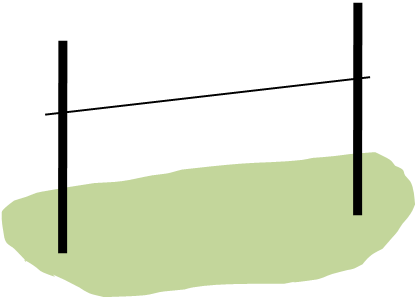 In Star Trek, The Prime Directive dictates “that there can be no interference with the internal affairs of other civilizations, consistent with the historical real world concept of Westphalian sovereignty.”
In Star Trek, The Prime Directive dictates “that there can be no interference with the internal affairs of other civilizations, consistent with the historical real world concept of Westphalian sovereignty.”
In medicine, the most well known part of the Hippocratic Oath says, “I will prescribe regimens for the good of my patients according to my ability and my judgment and never do harm to anyone.”
In the legal world, the rule of law is a general legal maxim according to which “decisions should be made by applying known principles or laws, without the intervention of discretion in their application”.
It is time for there to be a prime directive for competitive intelligence. The directive is specifically aimed at those that profess to practice competitive intelligence in service of others. The directive is meant to be helpful by defining a standard or goal against which one’s activities can be compared. Indeed, sometimes we will fall short but that should not obviate the directive.
THE COMPETITIVE INTELLIGENCE PRIME DIRECTIVE
In all that I do I will deliver valuable answers and insights in a timely manner to strategy leaders to help them make better decisions about the competitive environment.
It is possible to miss the nuances in the prime directive.
For instance, the directive does not say to deliver unfiltered masses of information. It does imply that the value in the answers and insights is determined by the strategy leaders – not the competitive intelligence person. Timeliness is also a key since this requires synchronization (i.e., relationship) between the strategy leaders and the CI people. Finally, competitive intelligence must be useful in making or supporting decisions. “Interesting but unuseful” competitive intelligence is distracting. Finally, the ultimate measure of competitive intelligence in business is that it leads to winning strategies. Fantastic insight at a failing enterprise is no victory.
What is your own prime directive for competitive intelligence?



